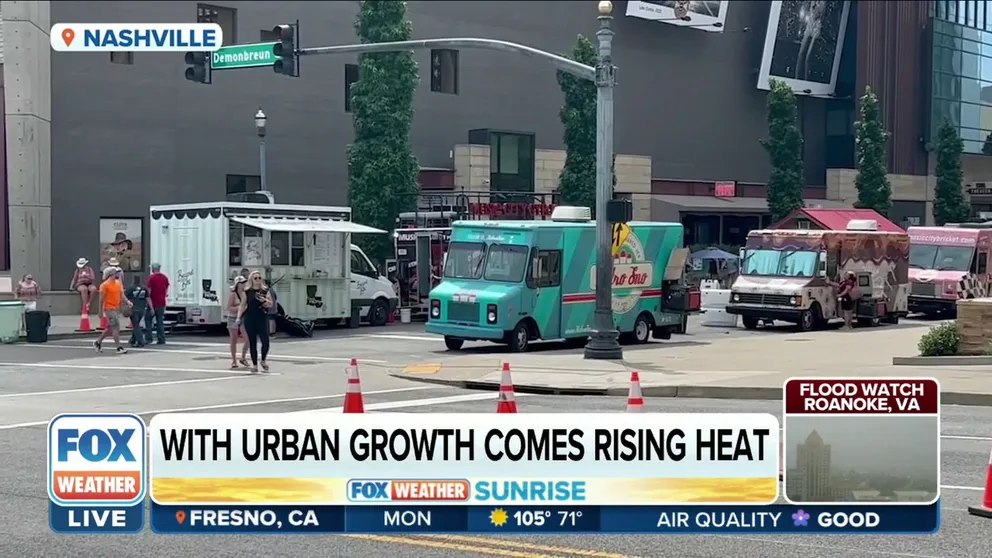Surge in extreme temperature-related deaths in US expected as climate change intensifies, study projects
According to NOAA, Earth’s temperature has been rising at a rate of 0.36 degrees F per decade since the early 1980s. The year 2023 was the warmest on record, with all of the top ten warmest years occurring during the past decade.
Extreme heat impacting infrastructure
NYU Tandon School of Engineering's Masoud Ghandehari joins FOX Weather to talk about how the extreme weather is impacting bridges and railways around the country.
Deaths linked to extreme weather in the U.S. are expected to surge over the next four decades as warmer temperatures and high emissions continue to escalate, according to researchers at the University of Pennsylvania.
A recent study published in the journal JAMA Network Open suggested that if greenhouse gas emissions remain at high levels, annual deaths could rise from the current yearly average of 8,249 to nearly 27,000 in 2065, under a worst-case scenario.
Among the most vulnerable groups are older adults and ethnic minorities, with Hispanics expected to see over a 500% increase in temperature-related deaths, while Caucasians face a more modest increase of 71%.
"Findings of this study suggest that an increase in temperature-related deaths associated with climate change necessitates efforts to mitigate the adverse health outcome of extreme temperature," study authors stated.
Researchers employed the use of models that examined temperature statistics since the 1970s and mortality data from over 30 million deaths to come up with their hypothesis.
POLLUTION FROM CALIFORNIA WILDFIRES KILLED 52,000 IN A DECADE, STUDY SAYS
The study noted that while deaths linked to extreme heat days are projected to surge, the impacts of extreme cold are expected to decline significantly.
According to data from the Centers for Disease Control and Prevention, extreme heat is the number one weather-related killer in the country, causing more deaths than cold, lightning, tornadoes, hurricanes and floods combined.
The agency states that the most common illnesses resulting from high temperatures are heat exhaustion and heatstroke. Heatstroke occurs when the body’s internal temperature rises rapidly and cannot cool itself down, leading to severe health complications or even death, particularly among the young and elderly.
Despite year-round warming, July is often the month with the highest number of heat-related deaths in the U.S., as many locations struggle to cool off during the night, putting additional strain on the body.
According to NOAA historical data, Earth’s temperature has been rising at a rate of 0.36 °F per decade since the early 1980s. The year 2023 was the warmest on record, with all of the top 10 warmest years occurring within the past decade.
Researchers working to cool urban heat island effect in Nashville
A National Oceanic and Atmospheric Administration program will map the heat in 14 cities across the US in an effort to identify heat risks in the future, including Nashville. FOX Weather's Will Nunley reports.
ANTARCTICA’S ‘DOOMSDAY GLACIER’ IS MELTING AWAY DIFFERENTLY THAN SCIENTISTS FIRST THOUGH
"The results point to the need to mitigate the adverse outcome of extreme temperatures for population health," study authors stated.
To combat impacts of climate change, some cities have implemented tree planting programs and emissions testing.
According to the Environmental Protection Agency, trees and other vegetation help lower air temperatures by providing shade and cooling through evapotranspiration.
This process of the water cycle helps to cool the surrounding environment by using heat to evaporate water.
According to an agency review of studies, heavily wooded areas tend to be at least 3.0° F cooler than urban non-green areas.

